- ABOUT JNU
- ADMISSION
-
ACADEMICS
- Schools and Colleges
-
Departments and Programs
- Arts College of
- Chinese Language and Culture College of
- Economics College of
- Electrical and Information Engineering College of
- Foreign Studies College of
- Information Science and Technology College of
- Environment School of
- Humanities School of
- International Business School
- International Studies School of
- Journalism and Communication College of
- Law School
- Liberal Arts College of
- Life Science and Technology College of
- Management School of
- Marxism School of
- Medicine School of
- Pharmacy College of
- Physical Education School of
- Science and Engineering College of
- Shenzhen Tourism College
- Research Institute
- Research Center
- Programs in English
- Majors
- Study Abroad
- Online Learning
- RESEARCH
- CAMPUS LIFE
- JOIN US
Latest News
Prof. Chen Ping: Making Good Use of Cultural Heritage to Tell China's Story Well
Date: Feb. 20, 2023
Source: Nanfangplus
Authors: YANG Yi, MA Liming, DONG Yihan, LI Shu
Translators: TANG Minhui, ZHANG Diyang
The Guangdong Provincial High-Quality Development Conference was held in Guangzhou on Jan. 28, the first working day after the Spring Festival holiday. During this year's Spring Festival, cultural heritage attracted great attention. Cultural heritage cannot be spread without the efforts of people, and Prof. Chen Ping, president of JNU's Academy of Cultural Heritage and Creativity, is one of them.
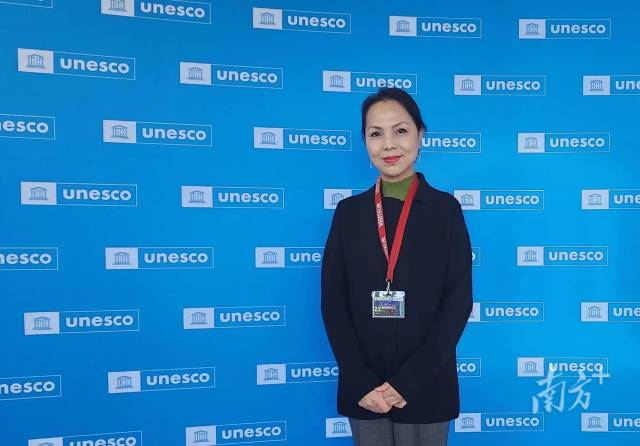
In October, JNU was awarded a UNESCO Chair on World Traditional Handicrafts: Inheritance and Innovation. From Jan. 11 to 13, Chen attended the working conference at UNESCO headquarters in Paris and made a highly acclaimed report on its work and development.
Nanfangplus, a news app of Nanfang Media Group, interviewed Chen in February. Here are some exceprts:
Nanfangplus: How did you enter the field of cultural heritage research? What is the internal connection between journalism and the protection of cultural heritage?
Chen: I undertook the work of research and protection of cultural heritage when I forged bonds with the International Folk Art Organizations in 2000. In the last 20 years, with my position shifting from an ordinary member to the only Chinese executive committee member in the organization, and then to global vice president for three consecutive terms, I have gained a lot of life experience and have learned how to tell China's story well on the international stage.
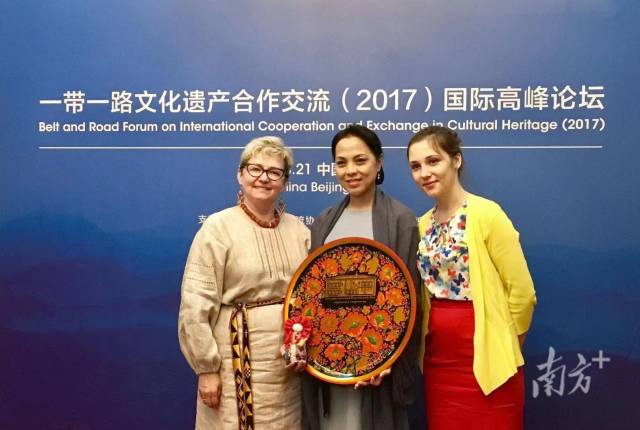
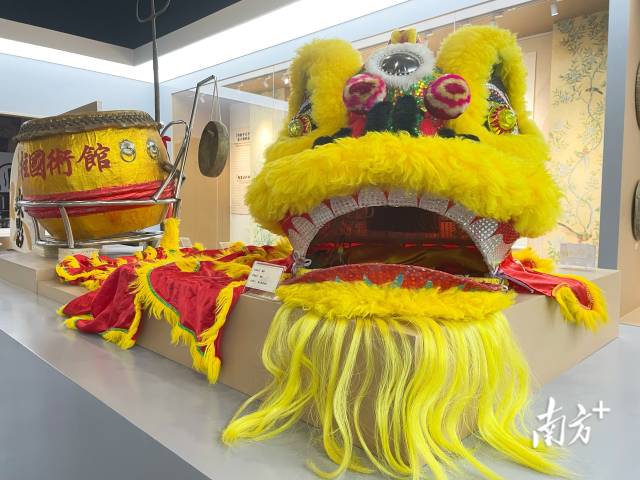
Nanfangplus: What is your original intention for establishing JNU's Academy of Cultural Heritage and Creativity?
Chen: Leading my team, I did research and investigation for many intangible cultural heritage projects in 2013 and published China's first Blue Book of Intangible Cultural Heritage. Cultural heritage, creative design and creative industries can leverage one another's power to further interdisciplinary and transdisciplinary conservation and innovation. Under the support of JNU and leaders of the relevant department, I established the academy and put forward the idea of Making Good Use of Cultural Heritage to Tell China's Story Well in 2017.
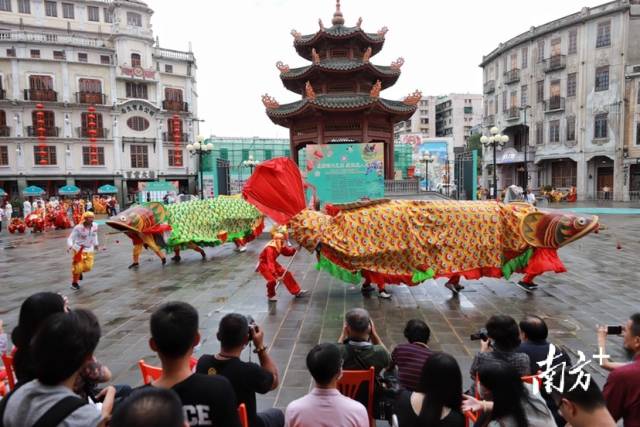
Nanfangplus: How do you think cultural heritage should be used to tell China's story?
Chen: Carriers and channels are important for telling China's story well. Visual and symbolic promotion, in particular, can play a direct role. Real cultural content can be disseminated artistically, and fictional content can also produce the real effect of dissemination.
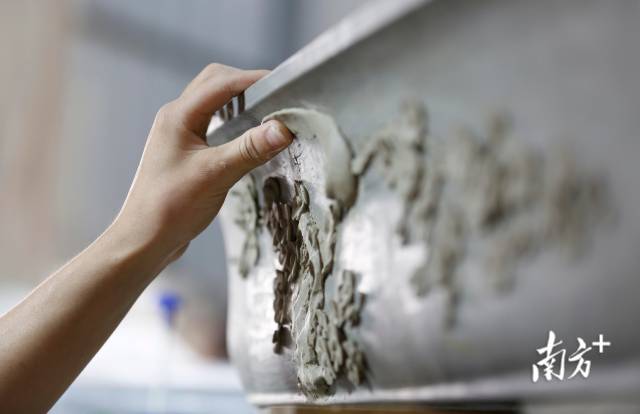
Nanfangplus: What is the future plan and development for the academy?
Chen: In October, the academy was granted the only UNESCO Chair on World Traditional Handicrafts: Inheritance and Innovation.
In the next step, the academy will conduct special training for traditional handicraftsmen, especially young people and women. Through the instruction given by creative designers, the academy will help them comb through their traditional handicrafts and promote their products on the internet. It will enable them to become transmitters with creativity, design ability and marketing capability.
NEWS
- About the University
- Quick Links
Copyright © 2016 Jinan University. All Rights Reserved.




